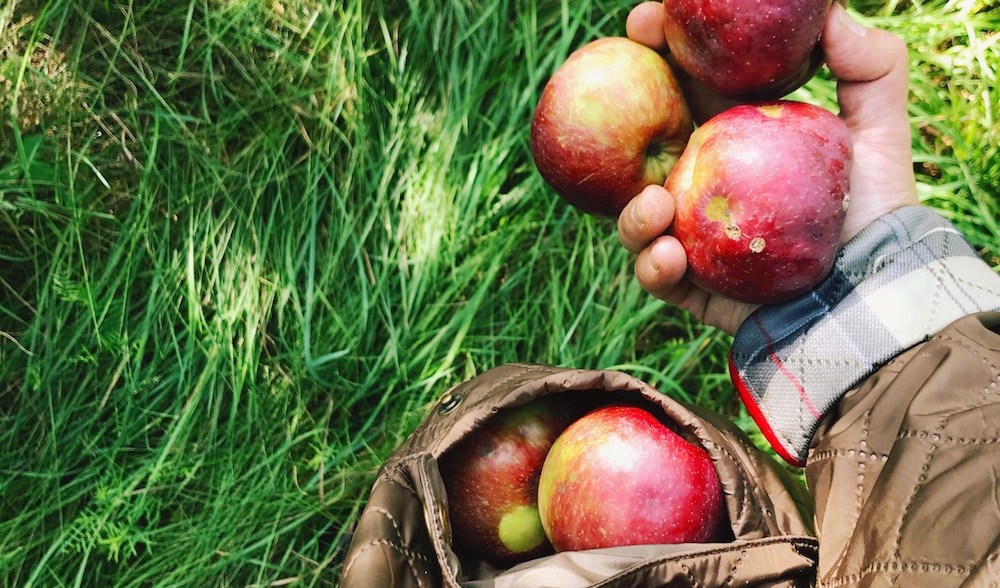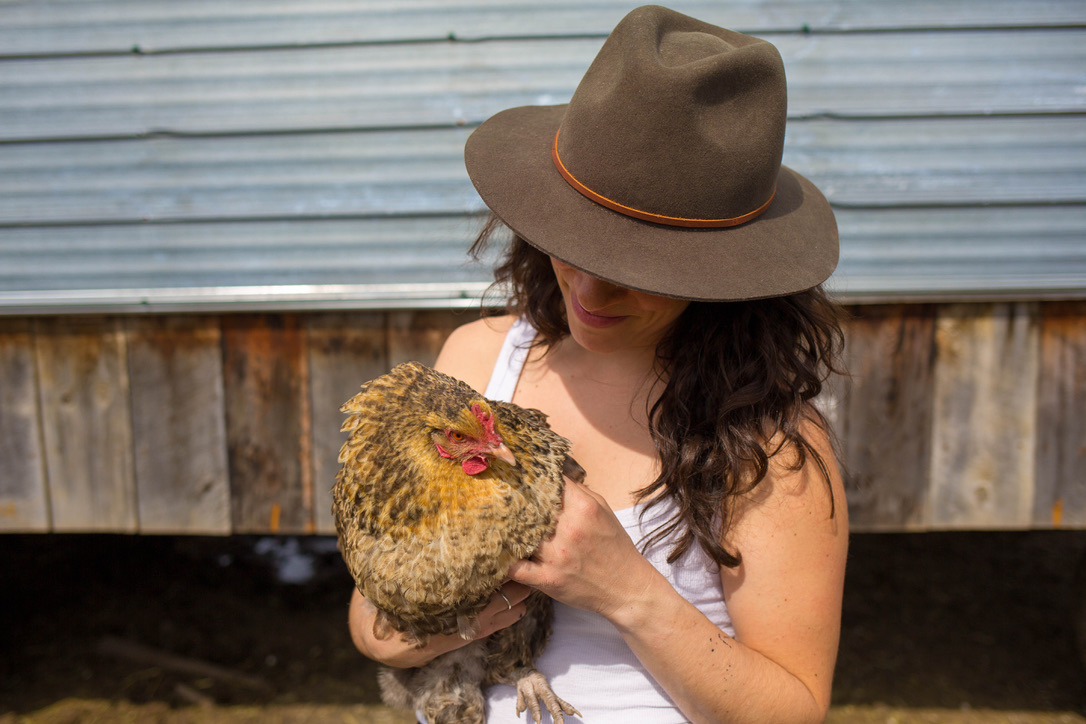
A Surprising Apple Orchard
Here’s a fun fact: During the Prohibition in 1920, cider apple orchards were all but abandoned, either chopped down by authorities or replaced with good old eating apples.
Fast forward to today, when the demand for cider apples continues to grow. There’s only one problem though–there are very few cider apple orchards left standing–and most of those are overseas. When we moved out to the farm, we were surprised to find over 500 apple trees sitting just beyond our hayfields. They were overgrown dwarf trees, the majority of which were McIntosh. Not the best for cider, but they were older than anything we had seen in the area. There were also 50 or so Golden Russets and any number of unknown varietals siting beyond the pasture (the previous owner had had a thing for grafting trees). Left to nature, they were in need of a serious pruning and a little bit of love, but not much more than that.
We live in the middle of apple country–some of the largest orchards are about 5-6 km downwind from us, producing a large number of commercial apples, which sell for .11/lb, with organic apples selling for three times that amount-the latter is a heavy minority out in our parts (QC, Canada).
With a few friends of ours interested in cider production, we decided that we could probably send our apples their way, given their unique composition. After some research, we found ourselves pouring over Claude Jolicoeur’s writings and reading articles about innovators like Christian Barthomeuf (a.k.a. inventor of ice cider), the mind behind Clos Saragnat, where we learned that making cider out of commercial apples is a little like making wine out of table grapes (bummer, but we still had some rarities out in the field, so we were pumped). In fact, some of the best cider makers in the industry opt for apples that stay on the branch during the winter months-those amber, mottled beauties you normally wouldn’t give a second glance to.
While we’re not giving up on our older beauties, we plan to plant out the other side of the orchard, which stands empty. Some of the apples that we’ll plant will include Harrison (if we can find them), Brown’s Apple, Dabinett and Kingston Black, which will hopefully make their way into a decent cider. Standby for updates…
So Why Choose a Dalmatian?
Choosing A Seeder
You May Also Like

